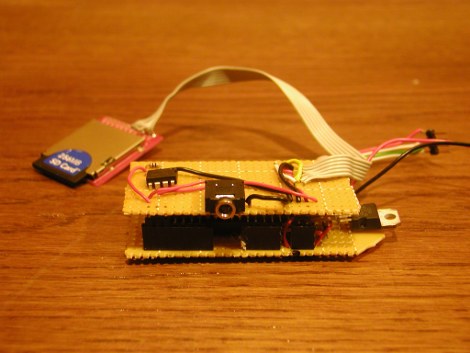
This is a second generation Manta, a touch-based controller with visual feedback made to use with Max/MSP. The hexagonal size and the patterns seen in the video after the break remind us of the arm-based computers the Predators sport in the movies. Like the previous generation, this controller can tell not only which of the 48 sensor you’re touching, but how much of your finger is touching it. The sky is the limit on extensibility with this type of data, but for now you can just try out the pre-built plugin and see how it goes. New with this rendition of the Manta is the use bi-color LEDs which adds another lay of interaction with the PC to which this is tethered.
If you don’t mind giving up the touch controllers for good old push buttons perhaps this Harmonic Keyboard is right up your alley. Continue reading “Making Music With Tech Stolen From Predator”
















